Cloud Computing Business – Automated Cyber Attacks Are The Next Big Threat
Introduction
All the recent hacking incidents sought to cloud computing business revealing gaps in their security. The plot really thickens when the number of types of security attacks increases constantly overtaking the security solutions.
Cloud computing business is walking down the Web on the path of success and development. It could be true but not in our reality. Have you thought of hacks? No, it’s bigger than that. Cyber-attacks as “black” software products are snapping at both companies and individuals’ heels. Recent hacking incidents hurt their data storage and data exchange making them suffer heavy losses.

What Are Cybercrimes and How Do they Look?
Regarding for business, cyber-attack is a virtual heist that comes from one computer to another one or even the whole network. Sometimes the goal is to put out the system out or to grab admin privileges. Some types of security attacks happen more and more often:
- DoS and DDoS attacks disable the system paralyzing its responds to service requests. They act like virus – infect one machine making it pass on the “infection”. Such hacking doesn’t imply the direct profit but the benefit from damages or taking a system offline to finish it off there.
- TCP SYN flood is also a big threat what the attacker defeat the system with multiple small requests without no responding the target comp’s replies. That leads to time out and full crash, as a result.
- Smurf saturates a target with traffic generating a tremendous amount of network deadlocks.
- Ping of death is dangerous for IPs over 65,535 bytes making them reassemble the IP packet of the forbidden size that causes different crashes.
- Botnets are a plethora of bot systems from the diverse geo-locations that are infected with malware to deliver DDoS attacks.
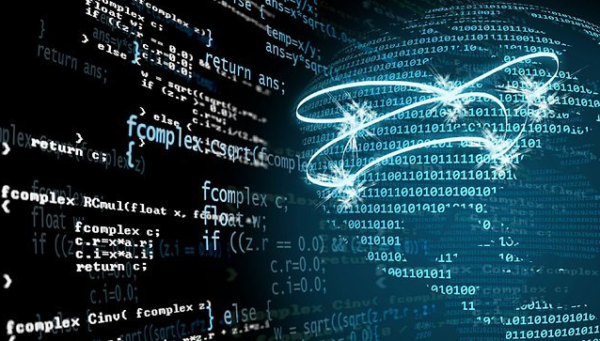
Why is an Online-business Vulnerable?
There are several serious security issues with cloud computing despite the variety of secure protocols and other protections. The main problem is utilizing unreliable cloud hosting solutions when privacy is offset and many attacks come from the clients’ servers in this case. Employee dereliction of duty is also a problem when people enter the business sites from their home desktop or mobile devices opening the system for outside threats.
Do you know who is the weakest? Oddly enough, complex infrastructures and multiple third-party platforms. However, they can avoid problems with the aid of patching and upgrade protocols. A great idea for businesses to protect data is a Cyber Security Kiosk. Cyber Security Kiosk is designed to help companies safeguard their infrastructure from malware threats on removable devices brought in by employees, contractors, vendors and others.

Recent Hacking Incidents that Shook the Business
Different cyber-attacks hit the business for the last year and the amount of their victims continue to grow. In March 2018 more than 300 American and foreign universities and 47 private companies, as well as some state establishments were attacked and lost 31 terabytes of data and intellectual property that costs $3B. In February the same year, Under Armour’s MyFitnessPal app was hacked to compromising usernames, emails, and passwords of its 150M users. The crash was revealed only in the end of March. Then, in May, the Russian hacking campaign was launched to defeat half a million routers around the globe through the malware VPNFilter that can influence the infected systems making them create a single huge botnet.
Cyber security attacks statistics demonstrate the growing menace vividly and clearly. For example, in 2014, FBI started a list of most wanted cyber hacks and just four years later 42 attackers were added to that list. In 2017, mobile malware enjoyed its prosperity – the number of malware modifications for mobile grew by 54%.
The biggest hacks of all time deal with coin mining that is a fertile ground for cyber-scams. For example, Symantec banned 8M coin-mining transactions in December 2017. The small business and individuals’ comps can be added to the coin miners’ network because they need plenty of computer power. This technique is well known as cryptojacking.
Now, it time to quote: “Don’t worry, be happy”. Is it really possible to drop getting nervous and to relax? Calm down – yes, relax – no. Business online is a non-stop work and providing security is a part of it.

Backdoor to Take Over Your Computer
Those that are forewarned are forearmed that’s why let’s deal with the computing guide of the loopholes for hackers.
- Cracking passwords is one of the most widespread problems because frauds invent more and more ingenious tools and mechanisms for guessing the secrets symbols. For example, such “feature” as “credential stuffing” breaks down the account via previously stolen password. This became possible due to the people’s recklessness that are too lazy to invent new passwords and use the same ones for different accounts.
- Automated bots can carry out extensive cyber-attacks all on their own via sending spam and scanning the Internet. It takes them just half a minute to grab full control over a company.
- Chatbots are popular in e-commerce and social marketing but they turn into “monsters” when going rogue. The cybercriminals can infect them with malware making them steal the data. The hackers also create their own chatbots to make users click on malicious links or share private information.
- Plenty of recent hacking incidents in business relate to bot extortion serve to spoil a company’s reputation via auto-publishing negative reviews.
- Phishing is on the rise when sending you emails allegedly from the credible brands in order to worm personal or even financial information out of the addressee.
Some categories of modern devices are among the most vulnerable items. IoT networks can be used to make havoc, overload networks or lock down equipment for stealing funds. Smart medical devices and electronic medical records are also in a risk group.
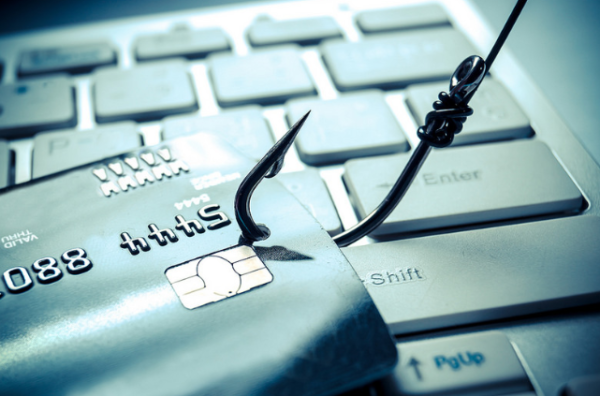
How to Escape Automated Attacks?
Secure cyberspace is not a utopia but reality according to a Newton’s law: every action has a reaction. Let’s look through the ways of protection for both small online projects and huge brands.
- Choose the reliable cloud services (Microsoft Azure or Google Cloud, for instance).
- Sign up for a managed security service provider to make the local network safe.
- Provide the stiff password policy.
- Segment your network.
- Use two-factor authentication.
- Control your employees.
- Consider your actions in advance in the event of a cyber-attack to minimize the damage.
- Use commercially available devices like sensors, mini-computer processors, etc.
However, the business’ efforts may not be sufficient that makes the government’s participation crucial. For example, the U.S. government created the Cyber Mission Force but for military system protection only. To defend banks, internet service providers or healthcare establishments is desirable.
Is it enough for business-giants? It’s probably not, right? When dealing with large companies, automated cybersecurity should be mentioned in terms of recent hacking incidents related to the huge establishments mostly. For example, in June, Microsoft announced the purchase of U.S.-Israeli artificial intelligence cybersecurity service Hexadite. Automation is rather helpful for preventing cyber-scams before they start attacking and for saving IT staff members’ time to let them focus on other issues.
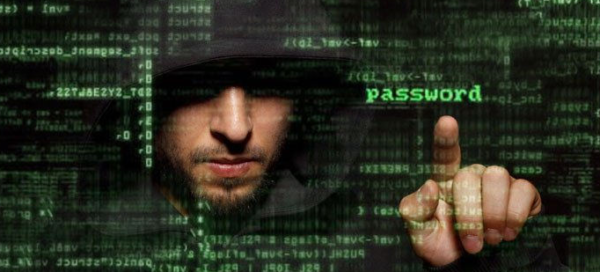
By Way of Conclusion
The cyber-frauds will grow constantly and business should accept this fact. However, acceptation does not mean resignation. The companies and individuals should track the possible threats monitoring their web resources without a break. A good IT-team can be rather valuable for this purpose. Besides, the corporations and smaller firms should be careful with vendors, contractors, and other third-party resources because plenty of them lack secure system or dedicated team of specialists.
Have you ever met with the cyber-frauds face-to-face? What kind of protection is the most credible, in your opinion? Share your ideas and keep your business safe.

About the author: Catherine Baines is a creative freelance writer by day and tech by night. Currently, she is making a design for https://777spinslot.com/new-slots/. Catherine is working on several projects which concerning to technology and gadget trends.

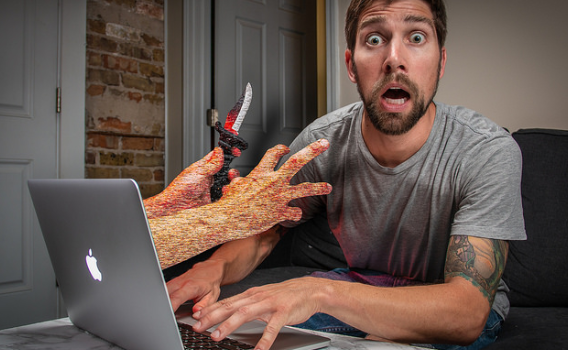




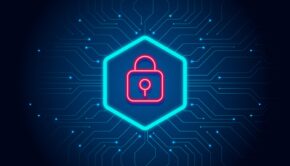

![The Headphone Generation [Infographic]](https://technofaq.org/wp-content/uploads/2016/10/The-Headphone-Generation1-150x150.jpg)







